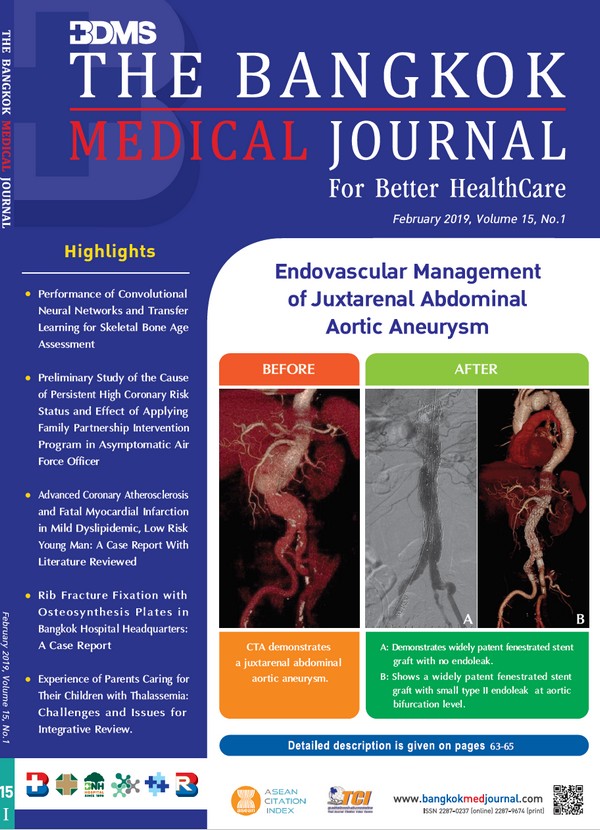Applied Learning of Anatomy and Physiology: Virtual DissectionTables within Medical and Health Sciences Education
Main Article Content
Abstract
Anatomy and physiology are core subjects in medical and health science programswhich students often find relatively challenging compared to other disciplines. Althoughdissection of cadavers remains the main teaching method utilised to teach human anatomy,a range of interactive multimedia modules and virtual visualization software and deviceshave become available to supplement learning in these areas. Studying anatomy andphysiology via three-dimensional (3D) visual models is becoming increasingly prevalent,as is the quality of instruction available through the use of virtual dissections. Virtualdissection tables are a recent entry to the options that medical and health science programshave when considering learning tools for their students. However, with the range ofnovel tools available, many educators find that choosing which new technologies to adoptin the classroom or teaching laboratories can become overly complicated, with the risk ofsome technologies becoming distracting or not always effective for their students. It isalso difficult to find concise, evidence-based reviews of upcoming technology, makingthe onus on program leads to identify which technology or modern devices may be mostsuitable for learning within their institution, without ever having utilised many of thedevices on offer. As such, this article aims to provide benefits and limitations of virtualdissection tables, outline the recent literature surrounding applications of this technology,and provide insights for institutions seeking to consider virtual dissection tables. Thisarticle focuses on informing educators towards possible use-cases for these devices toassist with considerations of which new technologies to consider for use medical andhealth science programs.
Article Details
This is an open access article distributed under the terms of the Creative Commons Attribution Licence, which permits unrestricted use, distribution, and reproduction in any medium, provided the original work is properly cited.
References
2. Ahern J. Clinician involvement in the teaching of anatomy tomedical students. AMJ 2015; 8(7): 247-8.
3. Periya SN. Teaching human anatomy in the medicalcurriculum: a trend review. Int J Adv Res 2017;5(4):445-48.
4. Hildebrandt S. Lessons to be learned from the history ofanatomical teaching in the United States: The example of theUniversity of Michigan. Anat Sci Educ 2010;3:202-12.
5. Drake RL, McBride JM, Lachman N, et al. Medical educationin the anatomical sciences: The winds of change continue toblow. Anat Sci Educ 2009;2(6):253-9.
6. McLachlan JC, Patten D. Anatomy teaching: Ghosts of thepast, present and future. Med Educ 2006;40(3):243-53.
7. Moro C, McLean M. Supporting Students’ Transition toUniversity and Problem-Based Learning. Med Scie Educ2017;27(2):353-61.
8. Anand MK, Singel TC. A comparative study of learning withAnatomage virtual dissection table versus traditionaldissection method in neuroanatomy. Indian J Clin AnatoPhysio 2017;4(2):177-80.
9. Moro C, Štromberga Z, Raikos A, et al. The effectiveness ofvirtual and augmented reality in health sciences and medicalanatomy. Anat Sci Educ 2017;10(6):549-59.
10. Moro C, Stromberga, Z, Stirling, A. Virtualisation devices forstudent learning: comparison between desktop-based (OculusRift) and mobile-based (Gear VR) virtual reality in medicaland health science education. AJET 2017;33(6):1-10.
11. Kuehn BM. Virtual and Augmented Reality Put a Twist onMedical Education. JAMA 2018;319(8):756-8.
12. Ramsey-Stewart G, Burgess AW, Hill DA. Back to the future:teaching anatomy by whole-body dissection. Med J Aust2010;193(11-12):668-71.
13. Azer S, Eizenberg N. Do we need dissection in an integratedproblem-based learning medical course? Perceptions of firstandsecond-year students. Surg Radiol Anat 2007;29(2):173-80.
14. Mathiowetz V, Yu CH, Quake-Rapp C. Comparison of a grossanatomy laboratory to online anatomy software for teachinganatomy. Anat Sci Educ 2016;9(1):52-9.
15. Custer T, Michael K. The Utilization of the AnatomageVirtual Dissection Table in the Education of Imaging ScienceStudents. J Tomogr Simul 2015;1:102.
16. Winkelmann A. Anatomical dissection as a teaching methodin medical school: a review of the evidence. Med Educ2007;41(1):15-22.
17. Birt J, Stromberga Z, Cowling M, et al. Mobile mixed realityfor experiential learning and simulation in medical and healthsciences education. Information 2018;9(2):31.
18. Scientific American. Expertise insights illumination. 2017.(Accessed at January 4,2018 at https://www.scientificamerican.com/article/virtues-of-the-virtual-autopsy.).
19. Becker GJ.Virtues of virtual autopsy. J Am Coll Radiol 2005;2(4):376-78.
20. Moro C, Covino J. Nutrition and growth: Assessing the impactof regional nutritional intake on childhood development andmetacarpal parameters. Anat Cell Biol 2018;51(1):31-40.
21. Moro C, Edwards L, Chess-Williams R. 5-HT2A receptorenhancement of contractile activity of the porcine urotheliumand lamina propria. Int J Urol;2016;23:946-51. doi: 10.1111/iju.13172
22. Moro C, Chess-Williams R. Non-adrenergic, non-cholinergic,non-purinergic contractions of the urothelium/lamina propriaof the pig bladder. Auton Autacoid Pharmacol, 2012;32:53-9.doi:10.1111/aap.12000.
23. Moro C, Leeds C, Chess-Williams, R. Contractile activity ofthe bladder urothelium/lamina propria and its regulation bynitric oxide. Eur J Pharmcol 2012;674(2-3):445-9. doi:10.1016/j.ejphar.2011.11.020.
24. Afsharpour S, Gonsalves A, Hosek R, et al. Analysis ofimmediate student outcomes following a change in grossanatomy laboratory teaching methodology. J Chiropr Educ2018;32(2):98-106. doi:10.7899/JCE-17-7.
25. Drake RL, Lowrie DJ Jr, Prewitt CM. Survey of gross anatomy,microscopic anatomy, neuroscience, and embryologycourses in medical school curricula in the United States. AnatRec 2002;269 (2):118-22.
26. Periya SN, Sebihi A. Self-Directed learning in moderneducation: a trend review and perspectives of Gulf MedicalUniversity model, United Arab Emirates. Int J Eco Busi 2017;5(5):5-9.
27. Rosenzweig M, MacEachern M, Masters C. The Anatomagetable: an innovative approach to anatomy education. 2017.(Accessed at January 4, 2018 at http://hdl.handle.net/2027.42/136885).
28. Quentin-Baxter M, Dewhurst D. An interactive computerbasedalternative to performing a rat dissection in theclassroom. J Biol Educ 1992;26(1):27-33.
29. Downie R, Meadows J. Experience with a dissection opt-outscheme in university level biology. J Biol Educ 1995;29(3):187-94.
30. Chan I, D’Eon M, Haggag H, et al. The Effectiveness ofLearning Anatomy and Medical Imaging Using the AnatomageTable Compared with Prosections. Conference Paper May2015: Joint Congress on Medical Imaging and RadiationSciences, At Montreal, QC.


